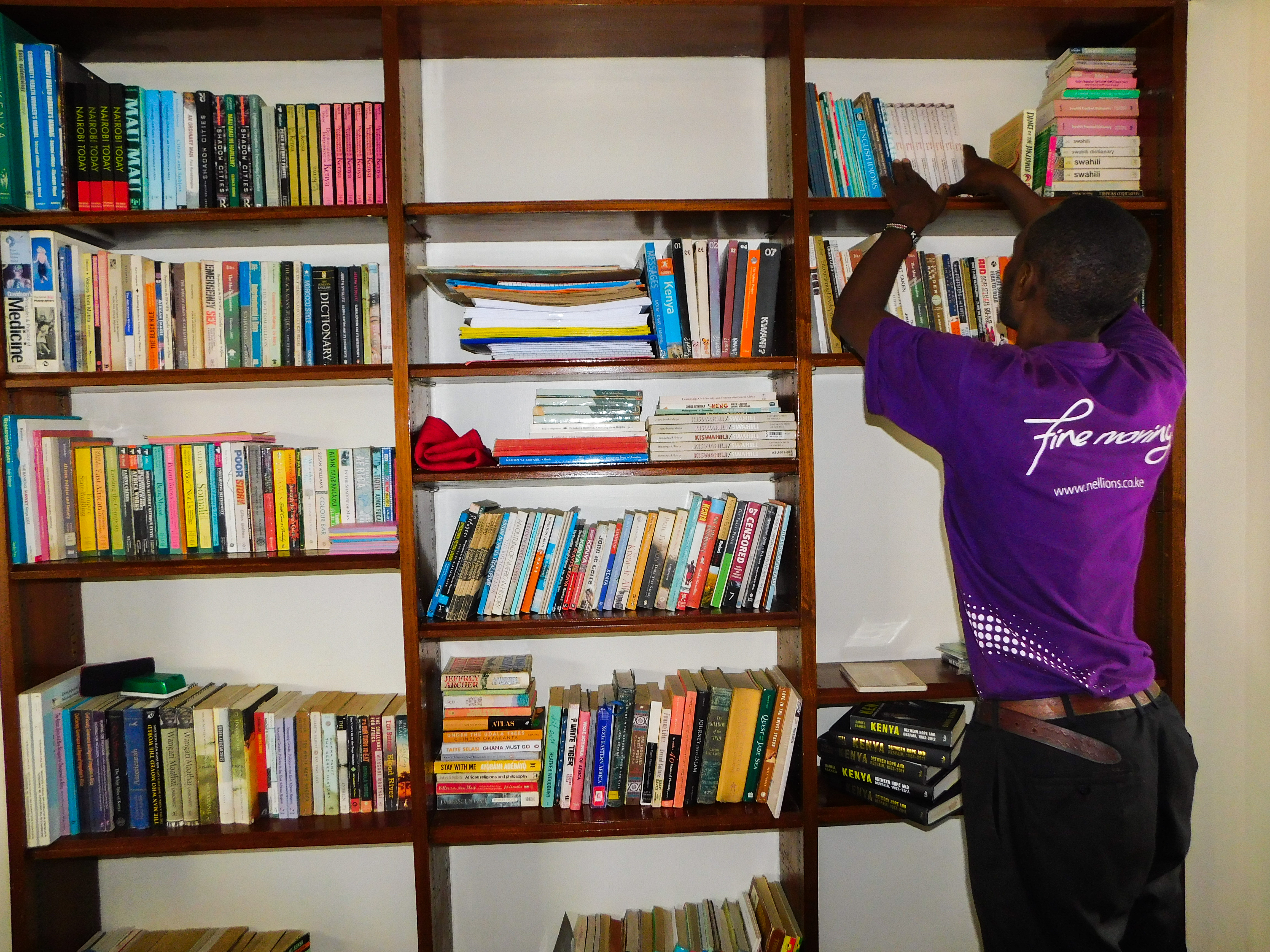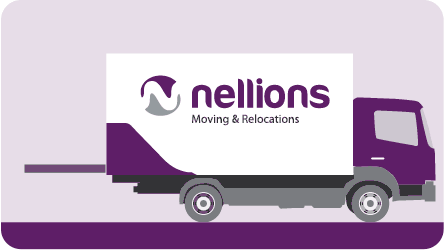Last updated on September 5th, 2022 at 02:56 pm
A home library is ever avid reader’s most precious room for their books. Storing these books is often a challenge as the collection grows in size. But where should one keep them? What is the difference between a bookcase, a bookshelf and a bookstand? How do each of these fit a house’s style?
These are the questions we explore in this edition of our Know Your Stuff series.
Bookcase
A bookcase is a shelving unit – a piece of furniture with multiple horizontal shelving units. To protect the books from dust or moisture, a bookcase may be fitted with lockable doors. In order to read the spines of the books, bookcase doors are almost always glazed with glass.
There are various types of bookcases:
1. Barrister Bookcases
This type of bookcase was specifically designed for use by Barristers, who usually have a lot of law books. It was designed to be portable in case they need to move to new chambers.
2. Modular bookcases
Cubes with (or without) backs may be used for showing decorative items or books, individually or in groups on walls. They come in both small and large sizes and can be used individually or in groups, with countless variations and possibilities for the design wizard in a number of innovative ways. They can be horizontally or vertically stacked, used to build a typical bookcase or cubes can be put together to create room dividers.
3. Folding bookcases
They are shelving units that fold. They are best used when you don’t have much space in your house and are convenient when moving because you can simply fold them up.
4. Revolving and corner bookcases
These are some of the most space-efficient bookcases on the market – they can also be placed on an empty corner in your house. They are also portable and can be moved around from time to time to create a new design.
5. Ladder and leaning bookcases
They resemble a ladder with shelves situated like rungs to hold books and other items. They lean against a frame that is firm or a wall. In order to avoid slipping, the feet normally have rubber footing or other material. The weight of the items put on the shelf contributes to the unit’s stability. This bookcase is ideally situated where it is not going to get bumped into.
6. Shelf bookcases
They are the most common type of bookcases. They may be open or closed-backed and the shelves may or may not be adjustable. They can also be partitioned or not. They can be used alone or placed with other units to create a large system.
Bookshelf
A single, wall-mounted shelf, a small clustered set of shelves mounted on the wall or a piece of ladder style type. While a bookshelf is almost similar in definition to a bookcase, bookshelves are mostly mounted on walls and not moveable.
Book Stand
A bookstand is a stand or cradle to hold a book for reference or reading. It makes reading convenient in a multitude of configurations. Book stands allow you to read while keeping your hands free to do other things like cook or write. The most common book stands are those used by teachers and choir masters.
A bookstand could also mean a stall where newspapers, magazines are sold, in an open area e.g. the streets or an airport.
Moving Books, Bookshelves, Bookcases, and Book Stands
The first step when moving a home library is to identify the books that you’ll be moving. Take some time before the move to individually inspect all the books in your library and ask yourself whether you intend to keep them. You can then donate these books to a local library or charity.
You will need to organize your books by size and theme so that they’re easy to unpack and restack at the new house. Ensure they’re packed tightly in the moving box, leaving no gaps between them as the jostling during transit may damage some books.
Pro tip: pack your paperback and hardcover books separately to avoid damaging the paperback editions.
Ensure that you use the right materials when packing. Remember, books are heavy. Small corrugated boxes ( about 16” x 12” x 12”) with a sturdy base work best when moving books, as larger ones tend to tear when lifted due to the weight. If your books are going in storage with a full-service moving company like Nellions or kept in boxes for an extended period of time, add some silica gel in the package to absorb any moisture that may accumulate over time.
Remember to label your boxes.
For the bookcases, shelves, and book stands, simply wrapping the item in moving blankets provides ample protection during the move. The biggest challenge you might encounter is where the item is too large to fit in a doorway or stairwell.
At the destination, unpack and stow your books as early as possible. Getting the books in place usually has the effect of making the house feel neater and less cluttered.
Above all else, don’t pack all your books — save one or two for reading during the move. Put them in the same box as all your other essential items like your medication and phone charger — being without a good book is a disaster.
A bookcase, a bookshelf and a bookstand can be assumed to have the same meaning, but as outlined above, there are clear differences. They each have their individual feel, and they can add a certain aura to a room.
We hope you found this piece valuable – or at the very least, now have a new conversational topic for your next book club meeting.








